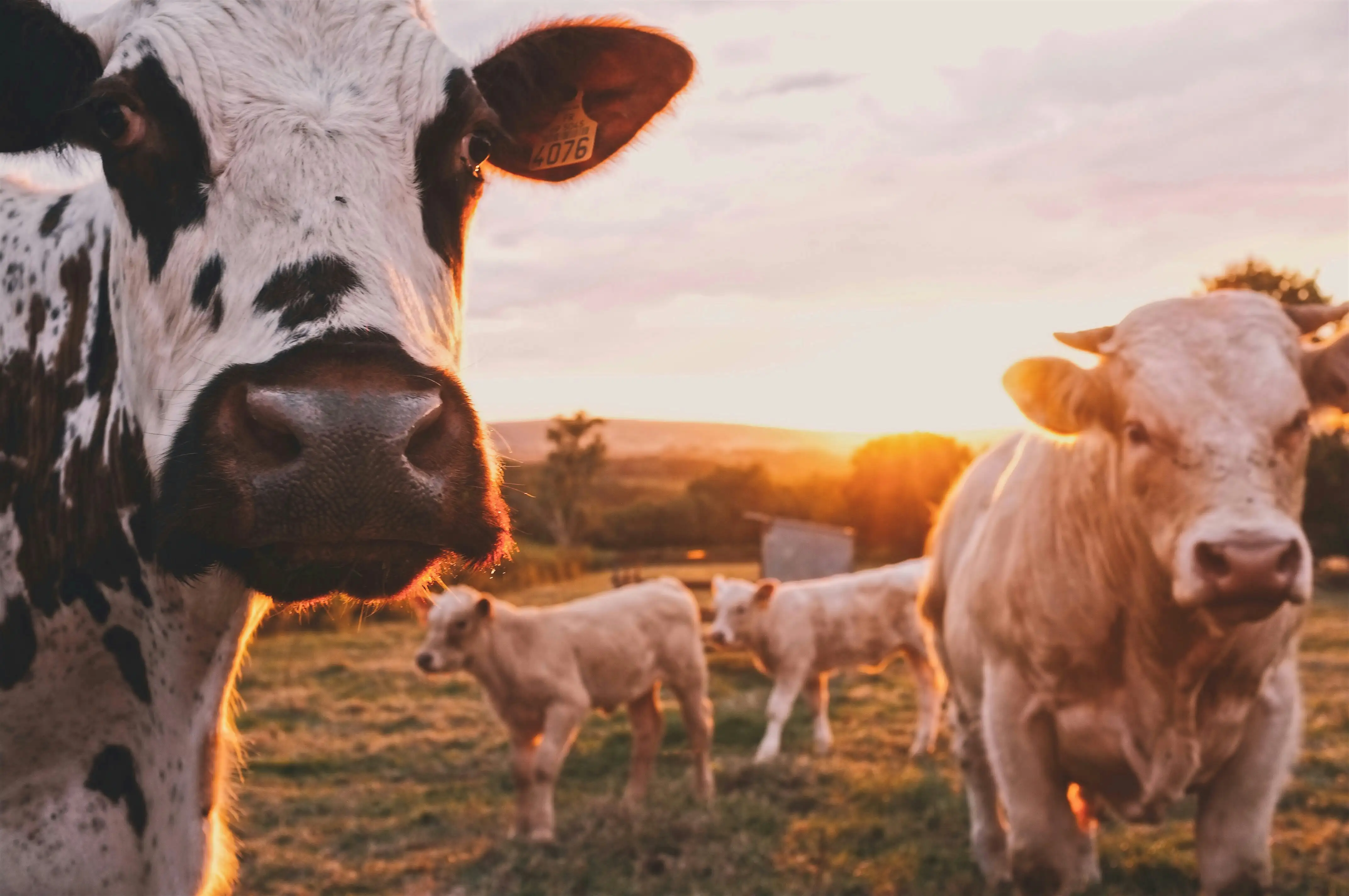 Somali Livestock
Somali Livestock
10 Jun 2024

13 Jan 2025
Livestock Managment
Somalia Livestock Company was the first local company to begin the animals quarantine activity. Common diseases like viral and bacterial respiratory disease are at the top of the list of diseases that are easily spread by new animals introduced into a herd.
Livestock exports from the horn of Africa region has resulted in the handling of many heads of cattle, sheep, goats and camels at different facilities. Several of the exporting and local farmers have differing hygiene requirements for the same diseases. Most of the animals handled in the fa- cilities come from pastoralist areas, which lack effective veterinary services. We have been trained and keep practicing proper livestock quarantine and over time, we have improved and adopted the scientific quarantine operations based on data available in Somalia.
Livestock Health Managment
Livestock is the mainstay of the Somali economy and about 70% of our population in Somalia is dependent on livestock for our livelihoods. The export of live animals, hides, skins and chilled carcasses generates the foreign currencies for importation of food items and thus contributes significantly to ensuring food security in Somalia.
Livestock marketing and trade also generate revenues for local administrations, through taxation of livestock destined for trade, However, the livestock export trade is constrained by the chronic and persistent shocks afflicting Somalia including political instability, conflict, civilian displacement, cyclic droughts, floods and outbreaks of transboundary animal diseases within Somalia and our neighboring countries. The Somali government has partnered with private sector and NGO’s in project aiming to improve the quality, access and sustainability of animal health services in Somalia in order to better assist livestock dependent communities to safeguard their most productive assets against animal dis- eases and to assure continuity of the vital livestock export trade.
